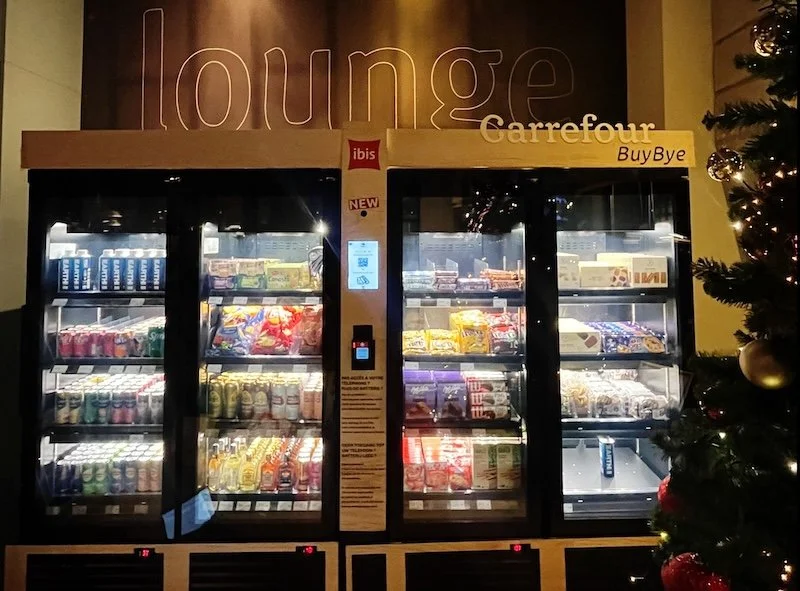Swiper in simple terms: How the 'swipe' interface is changing the gaming and betting experience
When people hear about Swiper, they often imagine a "TikTok-like" gesture: swipe, understand, select. In reality, it's not a game with pretty animations, but a new way to navigate casinos and betting, one that removes unnecessary screens and explains complex decisions with just two swipes.
This interview about Swiper and innovation serves as a good starting point, and below is an analysis for those who haven't heard of it before and want to understand why swiping works.
Photo credit: Freepik.
What is Swiper and why do I need it?
Swiper is a mobile, swipe-based interface built on top of familiar features: slot selection, promotion selection, one-swipe express bet, and personalised selections. Its purpose is to transition the user from "scrolling, reading, and getting confused" to "seeing, understanding, and deciding."
Instead of cluttered menus, you get cards with the most important data: title, odds or RTP/volatility, quick tips, and risk markers. Then, use one of two swipes: right (confirm your interest/choice) or left (skip and show an alternative).
Simply put, Swiper is an "attention director" that prevents you from drowning in endless catalogs, but delivers the next "shot" exactly when you're ready.
Why swipes are so convenient on a phone
● Natural motor skills. Most actions on mobile social networks are already based on gestures. The game interface simply exploits habit.
● One screen—one solution. The card doesn't try to dump everything at once: only what's needed for the current step.
● Less friction. Where previously four to six taps were required, now a single gesture is required. This reduces cognitive load and speeds up selection.
● Personalisation on the fly. Declining a card is a signal to the system, which immediately adjusts subsequent offers.
What it looks like under the hood
Visually, it's a set of "story cards" with dynamic modules: slot mini-previews, brief statistics, odds "chips," volatility/risk badges, warnings, and limits. The logic is a recommendation system that takes into account:
● session history and genre preferences;
● time of day and length of the current session;
● reaction to cards (accepted/skipped), swipe rate;
● active limits and responsible gaming markers.
The result is a tape in which the "noise" is cut off and the "signal" is pulled upward.
Responsible Innovation: Safety Built into UX
Swiper's strength isn't just its speed, but also its built-in "gentleness." Sensitive cards display risk markers and gentle reminders: how long you've been in a session, what limits are active, and when to take a break.
If behaviour appears impulsive (making decisions too quickly in a row), the system slows down: adding micro-confirmations, inserting a hint, or suggesting a break. This is "responsible innovation": a design that helps you maintain control rather than provoking you.
Balance is key here: the interface doesn't moralise or interfere, but rather provides tactile guidance - like a handrail on a staircase that's always there, even if you're not using it.
Use cases: from "quick selection" to "smart learning"
● Instant game selection. Newbies don't need to know any genres or providers. They swipe and find their preferred style in minutes - a low RTP, medium volatility, bonus rounds, etc.
● Express bet. In live betting, the system generates quick cards with key odds and brief context. Swipe right to accept the bet; swipe left to accept the next bet.
● Personalized collections. Accepted cards turn into a mini-playlist for the evening, which you can save and return to later.
● Learning without boredom. Hints are built into the cards: "Why this slot might work," "What does this volatility mean," "How does cash-out work?" You learn along the way.
Myths and reality
Myth 1. "Swiping is about aggressive engagement."
Reality: You can intentionally slow down when the player is tired or at risk of making hasty decisions. A well-designed swiper is like an "adaptive brake pedal."
Myth 2. "A card provides too little information."
Reality: A card displays just enough information for the current step and always provides a shortcut to details, but only when the user requests it.
Myth 3. "It's cosmetics, not a product."
Reality: Engagement, retention, and satisfaction metrics often increase precisely because friction is reduced. A/B tests show that "one screen, one solution" increases user confidence and reduces abandonment at the last step.
How is Swiper different from a regular directory?
Classic catalogues are like trees you have to "climb": section → filter → card → back. Swiper is a "decision pipeline." It takes over navigation and delivers content in descending order of likelihood of being "right for me now." And if you say "no," it's a "smart no": the system understands why and won't repeat the mistake three cards later.
Where does Soft2Bet fit in here?
This approach to interface doesn't exist in a vacuum: it requires consistency between design, data science, anti-abuse logic, and compliance. It's at this intersection that value is born - when creative UX goes hand in hand with regulation, and accountability is embedded in the product as deeply as its visuals.
Where is it all heading next?
The swipe paradigm is just beginning. On the horizon:
● Contextual missions. Cards with micro-goals ("play three short sessions with breaks") support healthy patterns.
● Voice and camera gestures. Confirmation via a nod or spoken phrase can make the user experience even more natural.
● Explainable recommendations. Instead of a black box, there are mini-justifications: "We showed you this slot because you like medium volatility and bonus games up to ten minutes."
Result
Swiper isn't just "fashionable" or "fast." It's a way to transform the chaos of choice into a comfortable, manageable, and intuitive process. The cards teach the interface you, and you teach the interface; it adapts to your state, without pressure or rush. If a classic catalogue is a long hallway of doors, Swiper is a personal guide that opens exactly the door you wanted to open.































Continue reading…